The 1990s were a great decade for many reasons, but for auto enthusiasts, few are as nostalgia-clouded and rose-tinted as the look back at the BMW vehicles of the time. From the wedge-like E31 8 Series to the boxy E36 3 Series and funky Z3 clown shoe, there’s much to yearn for. Factor in some of the best and most characterful powertrains in BMW production history, and we’ve got some certified classics.
E39 BMW 5 Series
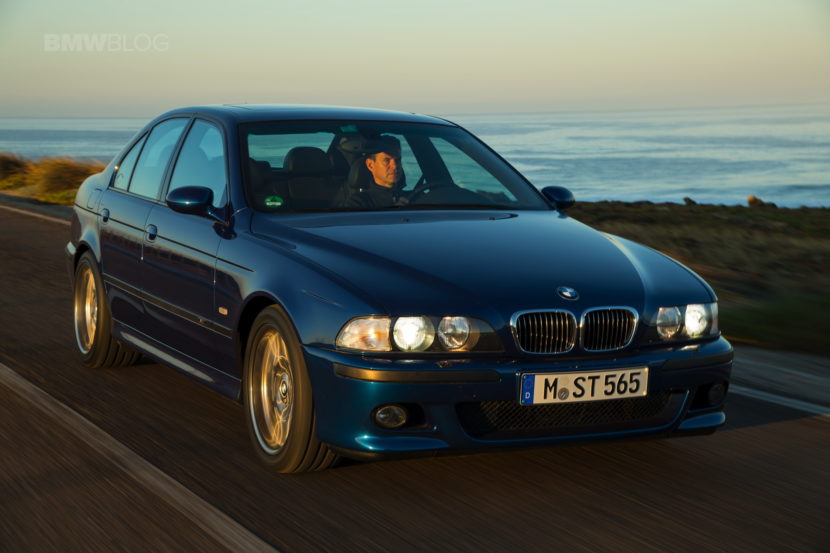
You know we’ve got an illustrious group when the E39 5 Series is the first on the list. In production from the mid-1990s until 2004, it was available in sedan and wagon flavors – you could even buy a manual wagon in the US, but only on the 525i and later 528i Touring. Though the V8-powered 540i Touring did come to North America, it never got a manual transmission. It’s a shame since BMW brought the next generation 5 Series Touring to the US and made manuals available throughout the entire lineup, including the N54-powered 535i xDrive Touring.
No matter what variant of the E39 5 Series you choose, you got communicative steering, room for five, and a smooth powertrain. The legendary E39 M5, which entered production at the tail end of the decade, does all that and more, with an awesomely powerful S62 V8 under the hood and styling that simply refuses to age poorly.
E36 BMW 3 Series
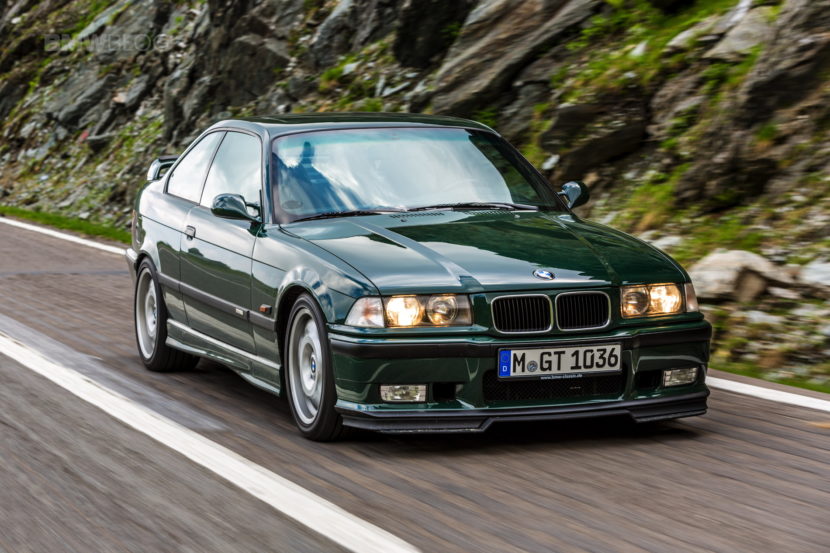
The E36 3 Series followed hot on the heels of the successful E30 and did pretty much everything that car did but a little better. The Ego Wall of the E36 M3 would appear imposing, to say the least: Michelin used one to test tire technology for almost two decades, Car and Driver named it the “Best Handling Car at Any Price,” and Hagerty claims it won Car of the Year in both Europe and the United States. Long story short, you won’t have to look far to find praise for the E36 M3.
But the regular E36 3 Series offered a ton of value, even without the added power of the M model. In-period, reviewers praised the light shifting, a diverse range of pleasant and responsive engines, and overall good proportions. The less aesthetically-accepted 318ti hatchback still got praise for its affordable pricing and build quality. The E36 3 Series continued a decades-long tradition of successful sport sedans and coupes that began sometime in the mid-1970s and continues today.
E31 BMW 8 Series
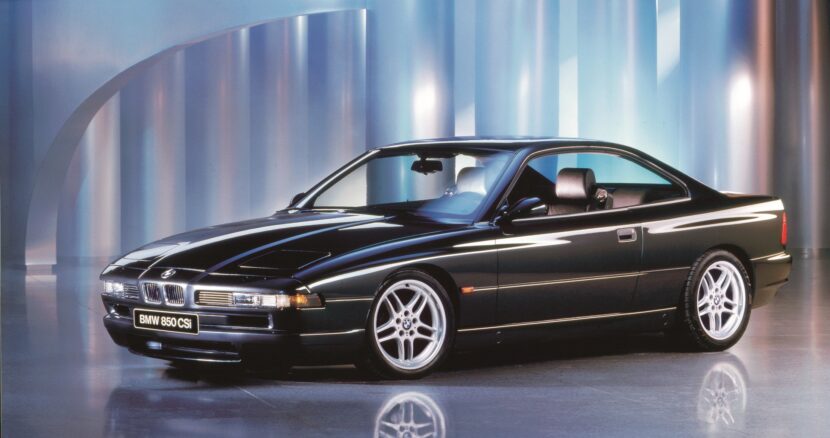
The E31 BMW 8 Series’ global production spanned nearly the entire decade – from 1990 to Q2 of 1999 – and is instantly recognizable as a product of its time thanks to features like pop-up headlights, subtle and boxy flares, and pillarless design. Perhaps the only thing more iconic than its design is the intoxicating duo of a V12 paired with a manual transmission – arguably, the best way to experience the E31 BMW 8 Series.
The E31 never got an M8 variant, but there was little need. The limited production 850CSi mostly filled that niche, with just 225 examples coming to the United States during its two years of production. Only around 1,500 were produced globally. Why so special? Unique body components, a quad-exhaust, and an S70 V12 under the hood derived from the McLaren F1 and shared with the BMW V12 LMR.
E38 BMW 7 Series
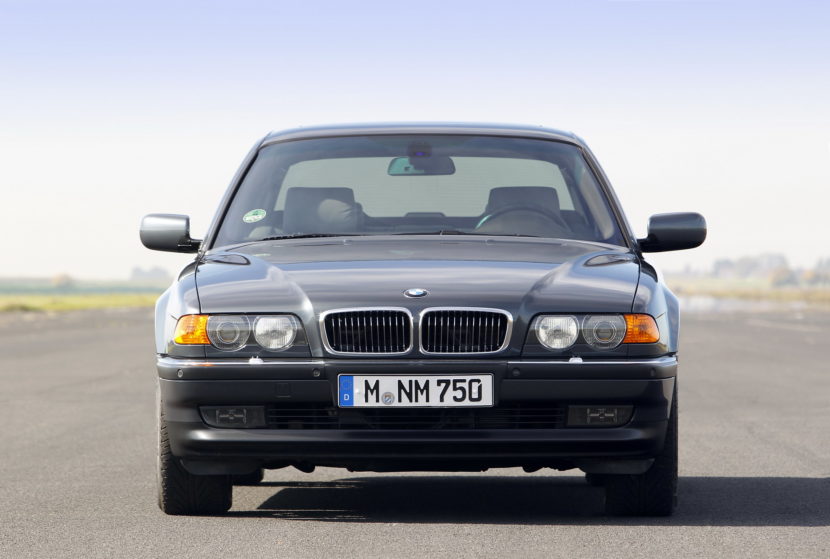
What could possibly be more important than the BMW 8 Series and its honest Motorsport heritage, you ask? While maybe not as immediately cool as the 8 Series, the automotive press lauded the E38 BMW 7 Series for its cushy highway cruising, impeccable build quality, and pin-drop-quiet cabin. In addition, it featured a 70 percent more rigid chassis, pulling an outstanding 0.87 gs on the Motor Trend skidpad in 1995. Larger brakes and more comfortable seats than its predecessors, and quintessentially German cupholders (read: the wrong size and in weird spots) make the E38 7 Series a true icon of 1990s BMW.
Perhaps no example of the E38 7 Series is a better ambassador for the vehicle than the cult-classic “Sporty Shorty.” BMW head talk for a short-wheelbase vehicle (as opposed to the optional, longer 740iL version) equipped with the Sport Package, these were available from 1998 on and provided an M Sport suspension, 18-inch M Parallel wheels, and Shadowline exterior trim. Their aesthetic and performance enhancements over the regular cars, coupled with refreshed looks following the 1998 facelift, make them exceptionally desirable today – one of the few 7 Series deemed universally enthusiast-friendly.
E36/8 BMW Z3 M Coupe
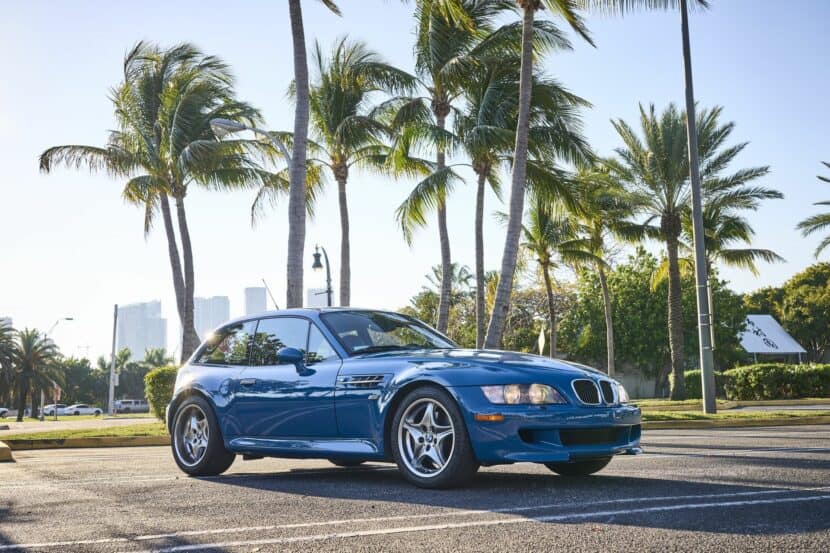
So we’ve made our way from the boxy E36 3 Series to a distant relative of the McLaren F1, then detailed what was essentially a limousine, only to land here at the Clown Shoe. Enthusiasts need no introduction, but for the uninitiated, this is a closed-off coupe version of the Z3 M Roadster. Like the aforementioned Roadster, auto journos loved or hated the unapologetic styling, as did most of the general public. However you may feel about the looks, you can’t deny the benefits of a 200 percent stiffer chassis, larger anti-roll bars, stiffer rear springs, and more balanced weight distribution when compared to the M Roadster it came from.
Low production numbers and segment-defying aesthetics make the Z3 M Coupe one of the hottest enthusiast cars on the market today. That doesn’t seem likely to change in the future. Production ran from 1998 until mid-2002, with just 6,291 units produced. With iconic exterior color options like Imola Red and Titanium Silver, combined with quintessentially 90’s two-tone interior options like Kyalami Orange/Black (recently resurrected for the G80 M3) and Kiwi/Black, the E36/8 Clown Shoe is a staple of any collection – and the most iconic BMW of the 1990s.
